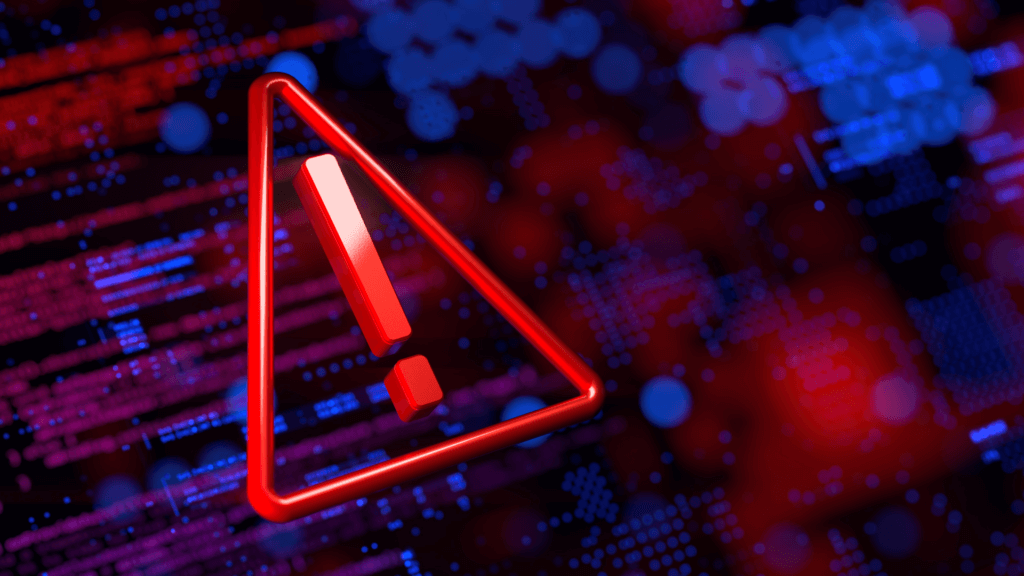Can a Metadata Band-Aid Fix the AI Disinformation Dilemma? DALL-E 3 C2PA Integration A Gamble
AI Images and the Disinformation Threat
As generative AI tools like DALL-E 3 become more powerful, so does the potential for their misuse. Disinformation campaigns thrive on manipulated visuals, and AI-generated images pose a unique challenge: they can be incredibly realistic and easy to spread. In response, OpenAI has announced a step towards transparency: embedding C2PA metadata in DALL-E 3 images to track their origin and creation details. It raises several crucial questions: can a metadata solution truly combat AI-powered disinformation, and what are the limitations of this approach?
C2PA: A Digital Paper Trail for Images
C2PA, the Coalition for Content Provenance and Authenticity standard, aims to provide a digital “paper trail” for content. By embedding information like creation date, editing history, and source (in this case, DALL-E 3), it allows viewers to verify an image’s authenticity. Platforms like Content Credentials Verify can then use this data to flag AI-generated content. Additionally, social media giants like Meta are looking to leverage C2PA for enhanced content moderation.
The Limits of Transparency: Why C2PA Won’t Stop AI Deception
On the surface, this seems like a positive development. Increased transparency is always valuable, and C2PA empowers users to make informed decisions about the content they consume. However, the devil lies in the details, and C2PA has significant limitations:
- Easy Removal: OpenAI acknowledges that C2PA metadata is easily removable, either intentionally or accidentally. Screenshots, format conversions, and social media uploads often strip away this crucial information. It makes C2PA ineffective against determined bad actors who can easily fake images and remove their AI origins.
- Limited Scope: C2PA currently only applies to specific platforms and tools. If an AI-generated image is shared outside these ecosystems, its C2PA data goes with it, leaving viewers in the dark. This fragmented approach creates loopholes for misuse and hinders widespread impact.
- User Awareness: Even with C2PA, the effectiveness depends on user awareness and skepticism. Not everyone possesses the knowledge or tools to verify image origin, and deepfakes can still be convincing even with flags attached. Education and critical thinking skills remain essential in navigating the increasingly complex digital landscape.
Beyond C2PA: A Multi-Pronged Approach to Combating AI Disinformation
OpenAI bringing in C2PA to the metadata represents a notable effort toward transparency in fighting AI-generated disinformation, but it’s crucial to acknowledge its limitations. C2PA is merely an initial step in the complex battle against this evolving threat.

A comprehensive solution requires a multi-pronged approach:
1. Technological Advancements:
- More Robust Digital Watermarks: C2PA’s vulnerability that it can be displaced highlights the need for stronger protection. Exploring and integrating technologies like Google’s SynthID, which embeds watermarks resilient to tampering, could significantly enhance content authenticity verification.
- Deep-fake Detection Algorithms: Investing in research and development of AI-powered detection tools can help platforms automatically flag suspicious content based on characteristics indicative of manipulation. These tools can evolve alongside deep-fake creation techniques, ensuring a dynamic defense system.
- Content Origin Tracking: Expanding C2PA-like standards to enclose a broad range of digital content formats (text, audio, video) and platforms can create a more comprehensive ecosystem for tracking content origin and manipulation history.
2. Platform Collaboration:
- Unified Identification and Flagging Standards: Social media giants and content platforms must collaborate to establish unified protocols for identifying and flagging AI-generated content. It ensures consistency across platforms and reduces the chances of manipulated content slipping through the cracks.
- Transparency and Information Sharing: Sharing threat intelligence and best practices among platforms can accelerate collective responses to emerging AI disinformation tactics. This collaborative approach can foster a more proactive defense against coordinated misinformation campaigns.
- Content Removal and User Sanctions: Establishing clear guidelines and consequences for creating and sharing harmful AI-generated content can deter malicious actors and incentivize responsible use of these tools.
3. User Education and Empowerment:
- Critical Thinking Skills Development: Educational initiatives focusing on digital literacy and critical thinking skills can equip users to effectively evaluate the authenticity and credibility of online content, regardless of its format or source.
- Awareness Campaigns: Public awareness campaigns can inform users about the potential dangers of AI-generated disinformation and empower them to become wise users. It can include highlighting the limitations of C2PA and other technical solutions.
- Fact-Checking Tools and Resources: Providing users with easy access to fact-checking tools and resources can empower them to independently verify the accuracy of information they encounter online. It can help mitigate the spread of misinformation, even if it bypasses technical detection measures.
4. Legal and Regulatory Frameworks:
- Clear Guidelines and Definitions: Establishing transparent legal definitions of AI-generated content and its potential misuse can create a framework for holding individuals and platforms accountable for spreading harmful disinformation.
- Content Regulation and Moderation Policies: Refining content moderation policies to specifically address AI-generated content can provide platforms with clearer guidelines for handling potential misuse while balancing freedom of expression concerns.
- Potential Legislation: Exploring laws to limit harmful AI-generated content could add another layer of protection, but we need to weigh this against potential drawbacks for free speech and innovation.
5. International Cooperation:
- Global Information Sharing: As AI disinformation transcends national borders, international cooperation between governments, tech companies, and civil society organizations is crucial for sharing best practices, threat intelligence, and coordinated responses.
- Joint Research and Development: Collaborative research efforts can accelerate the development of advanced detection, prevention, and education solutions, leveraging the combined expertise and resources of various stakeholders across the globe.
A Step in the Right Direction, But the Journey Continues
OpenAI’s C2PA initiative is a welcome effort in the fight against AI-driven disinformation. However, it’s just one piece of the puzzle. Recognizing its limitations and working towards a more comprehensive approach, involving technological advancements, platform collaboration, and user awareness, is a key to truly mitigating the risks posed by AI-generated misinformation. Remember, the battle against deception requires vigilance on all fronts, not just a metadata band-aid.




